Brian’s been back in touch. If you missed his last post, it’s here.
“Hi Al,
Here is a reply to some of the questions asked.
Thanks
Hi guys, the material used for the engine house is Northeastern scale scribed siding from the USA.
I always have sheets of it as well as stripwood handy for scratch built projects. 95% of my buildings are of wood design because of the era (1930s) as well as area modelled.
Answer to the question of how I get square corners at the window edges, simple, I mark the outline in pencil and then use a sharp hobby knife with a number 11 blade and work from both sides until it falls out and leaves perfectly square corners.
I have never used “foamcore” as it is too thick and does not help when doing interior detailing.
Brian – Cape Town South Africa”
And Tye has been cracking on with his layout:
“Hi Al.
just uploaded this video showing a few problems and some additions… maybe of some use to some of your members.
Regards
Dave”
Please do keep ’em coming.
And don’t forget, the Beginner’s Guide is here if you want to save hours and hours of sweat, toil and utter frustration.
Best
Al
PS Latest ebay cheat sheet is here.
PPS More HO scale train layouts here if that’s your thing.

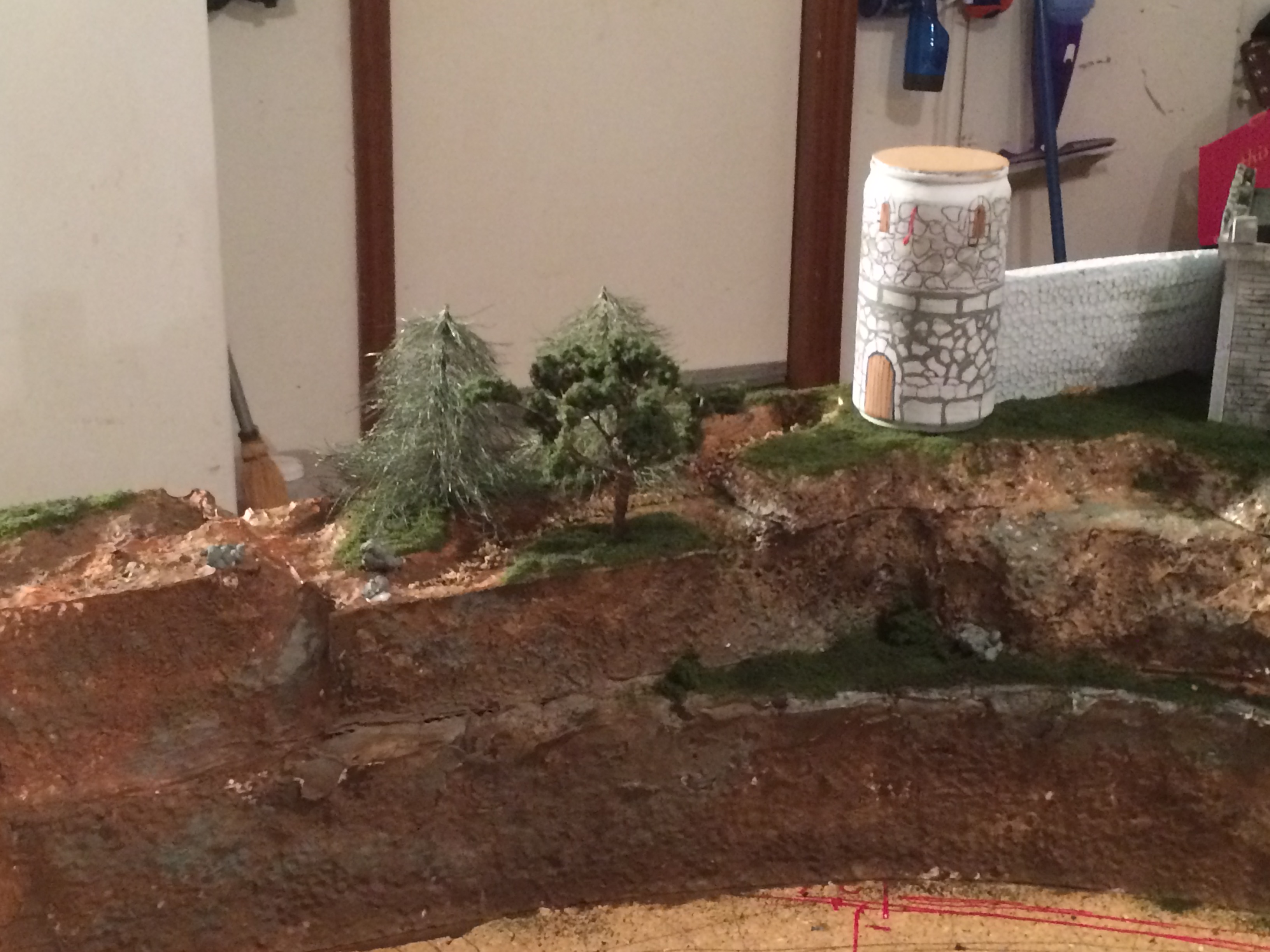
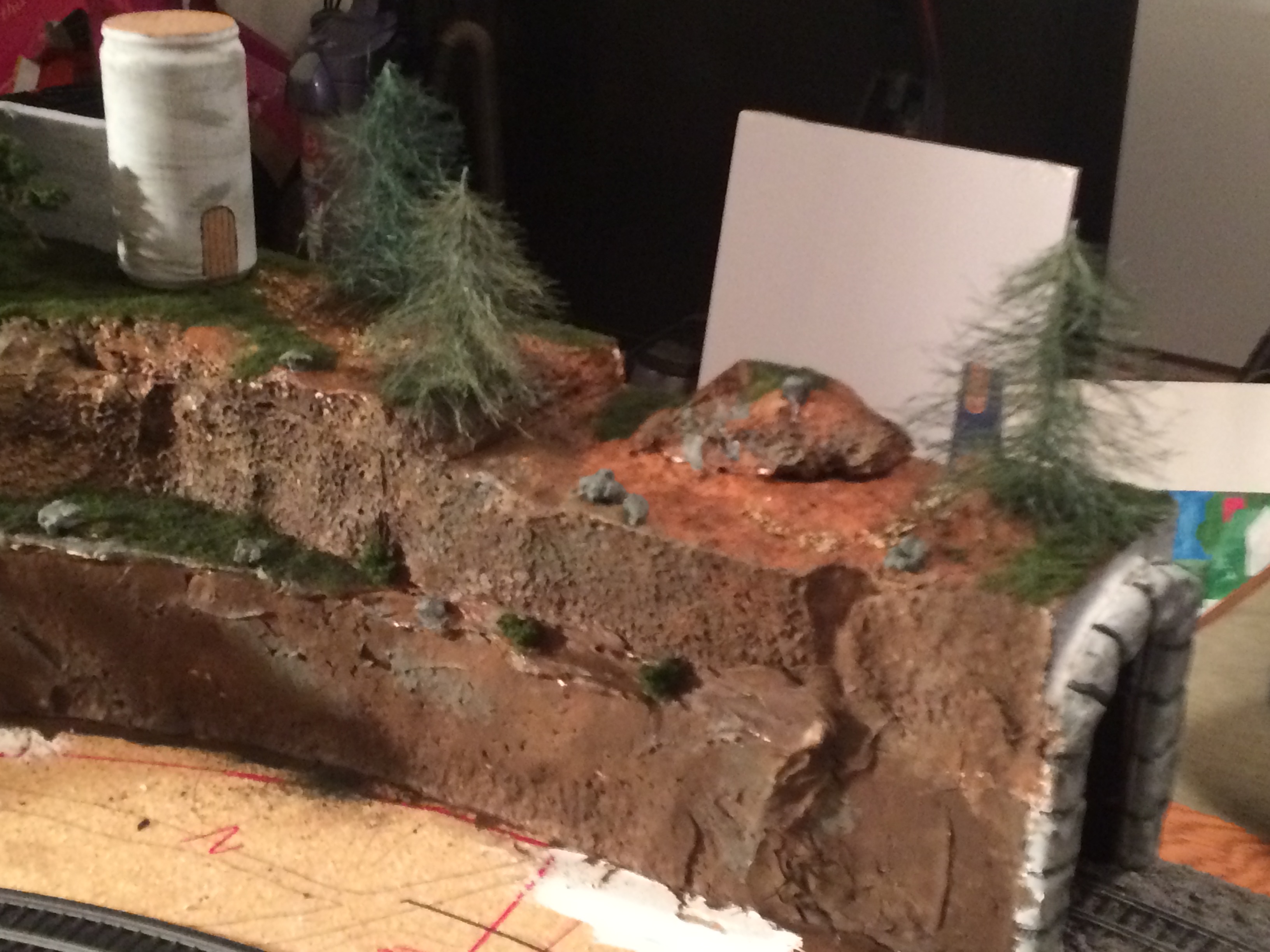

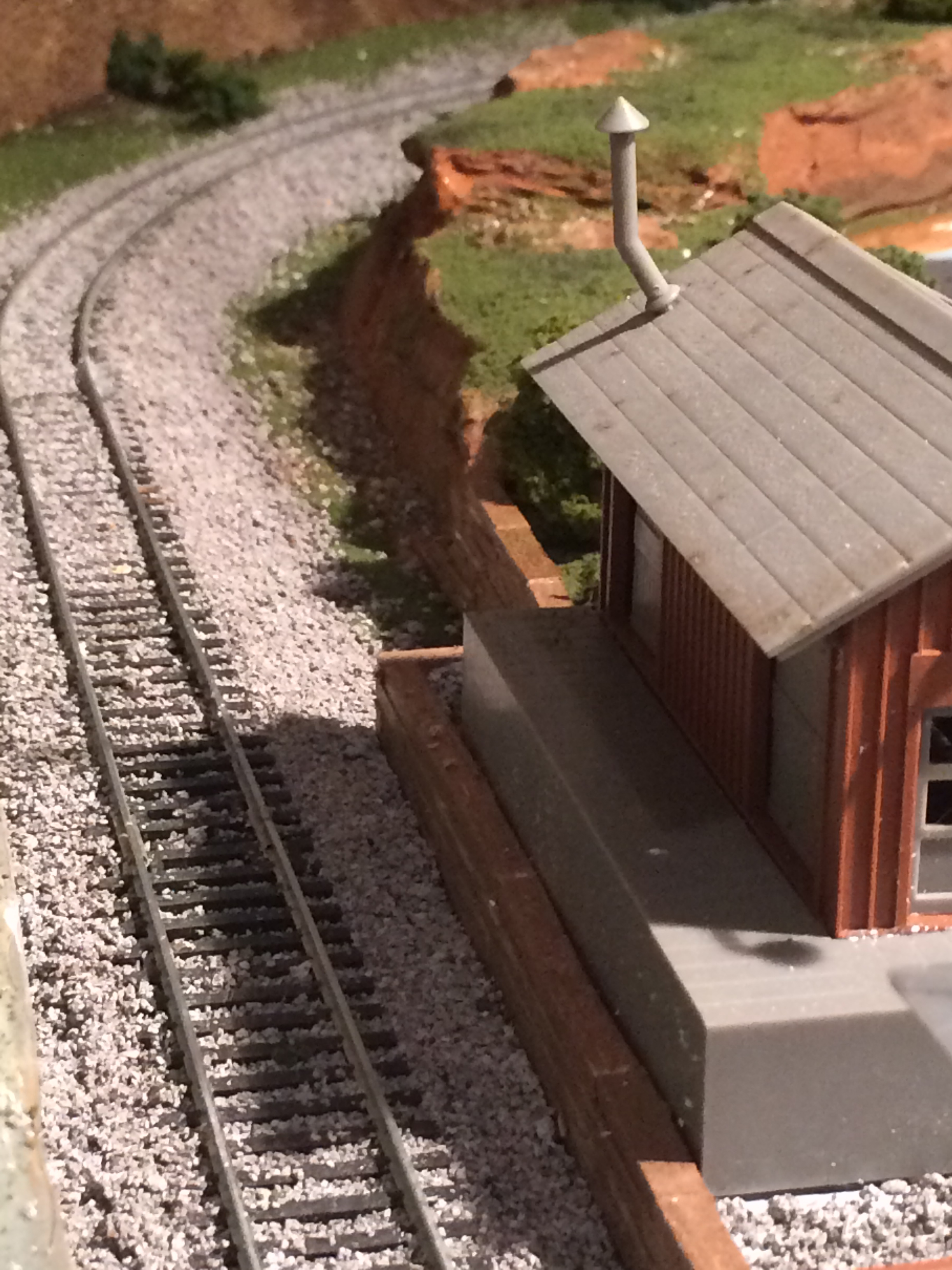
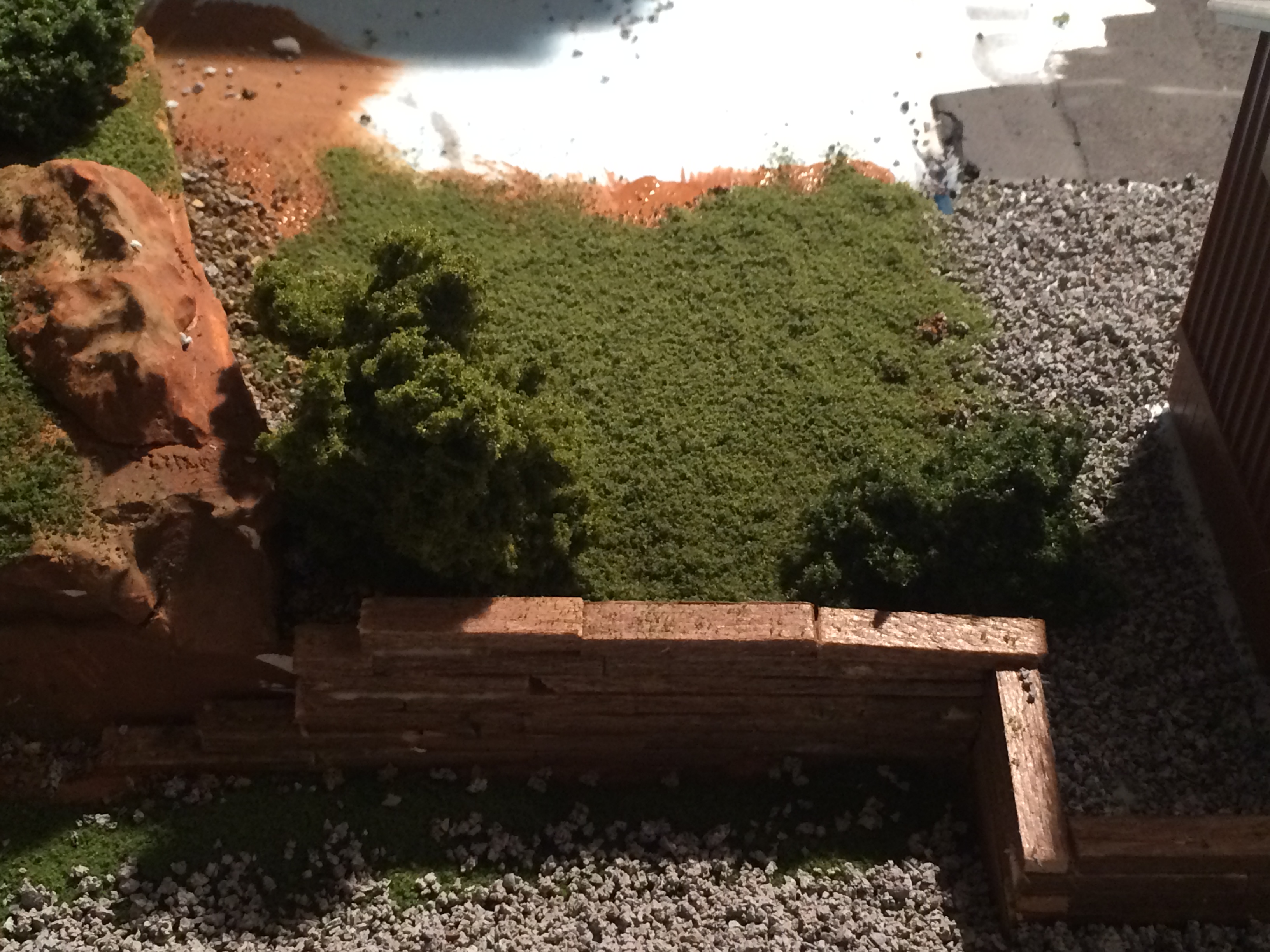
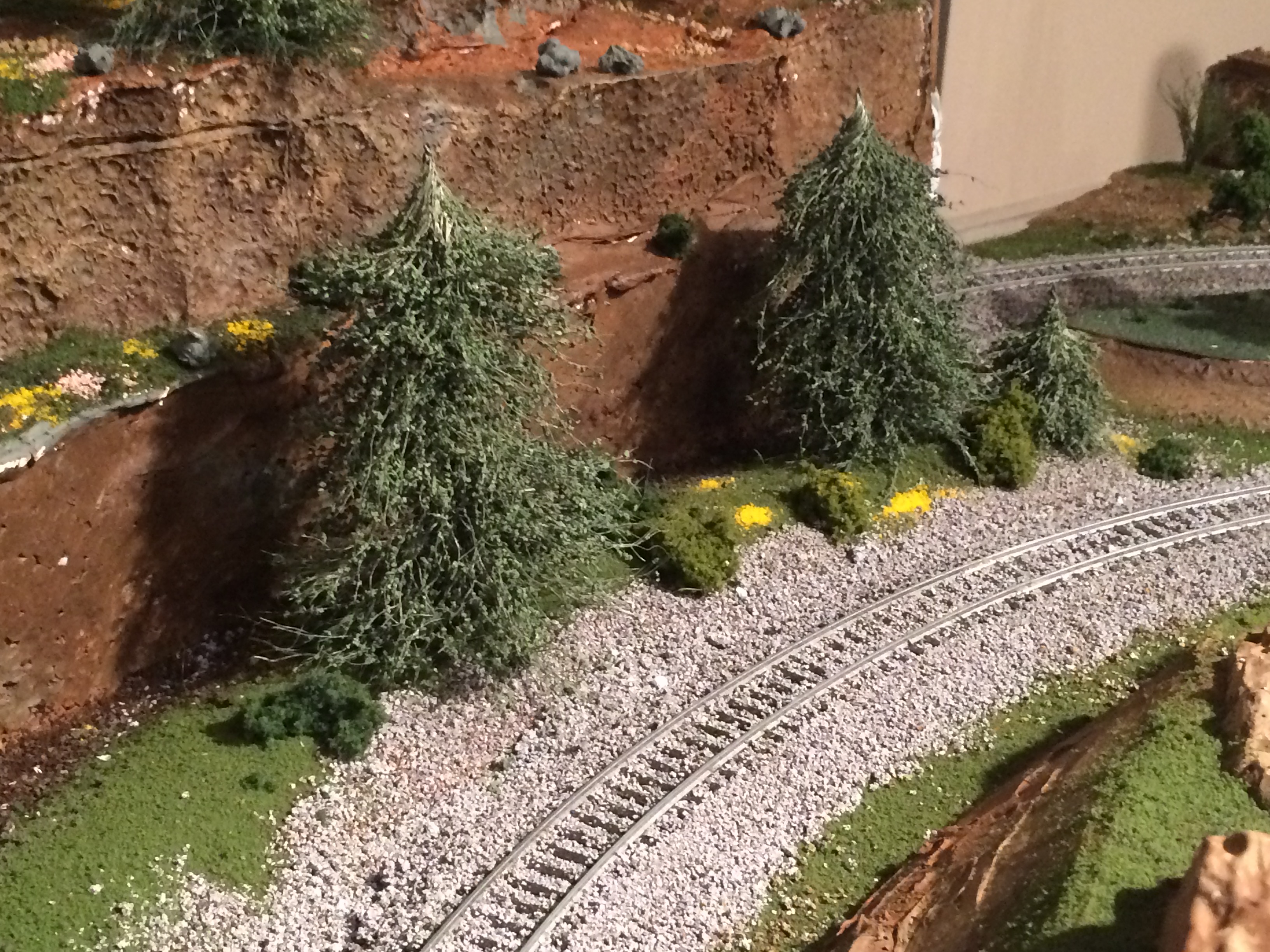

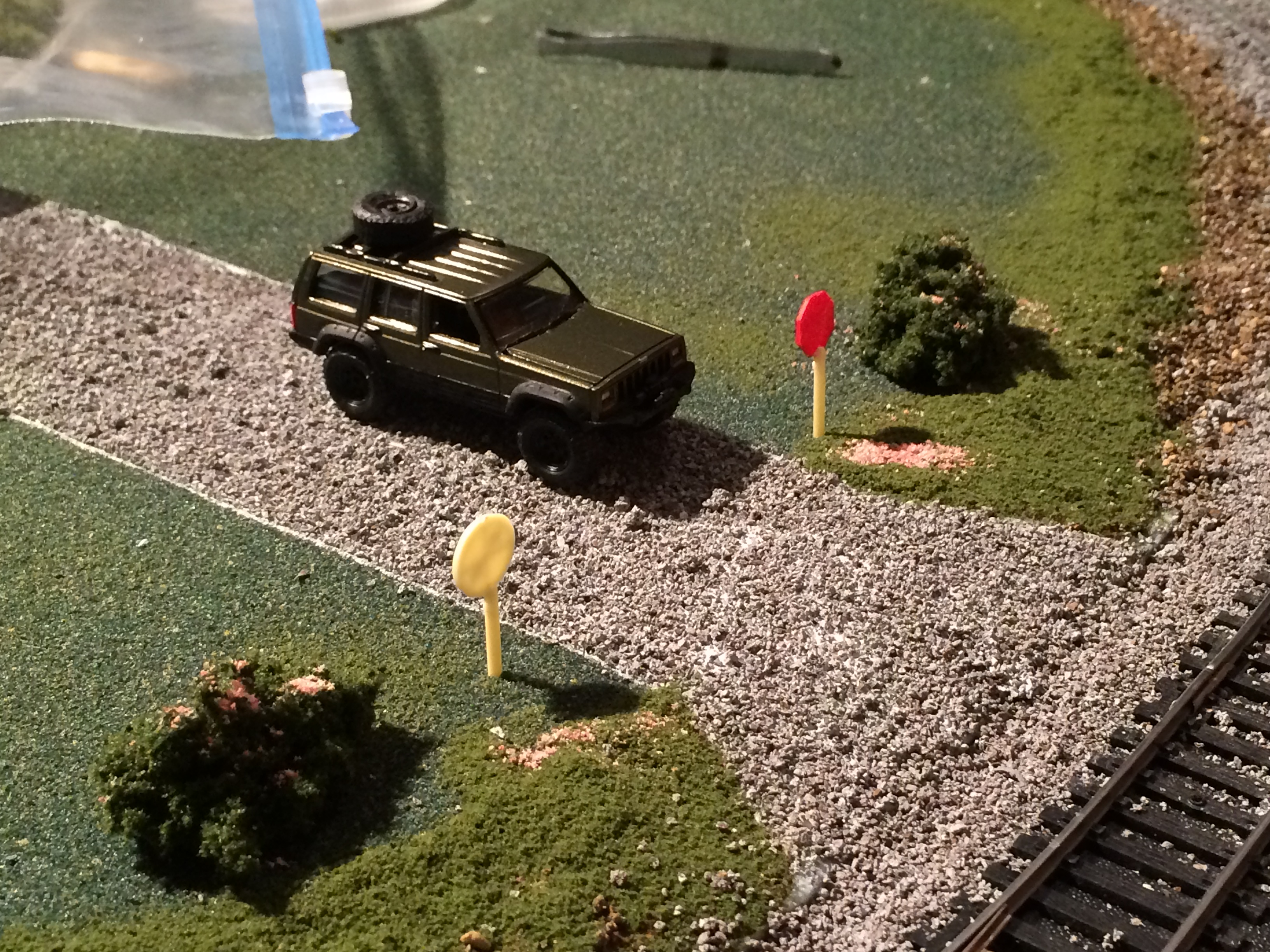
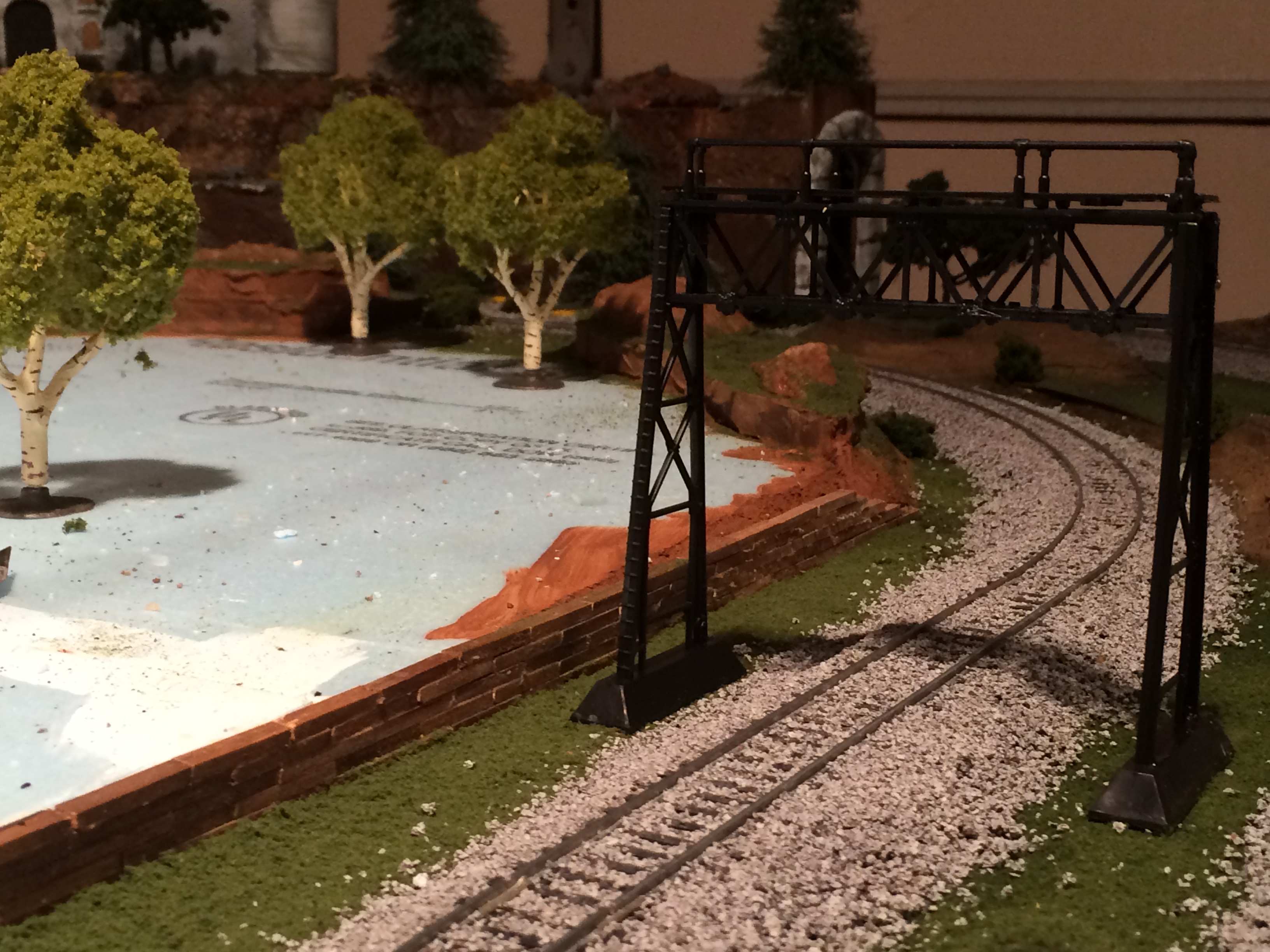
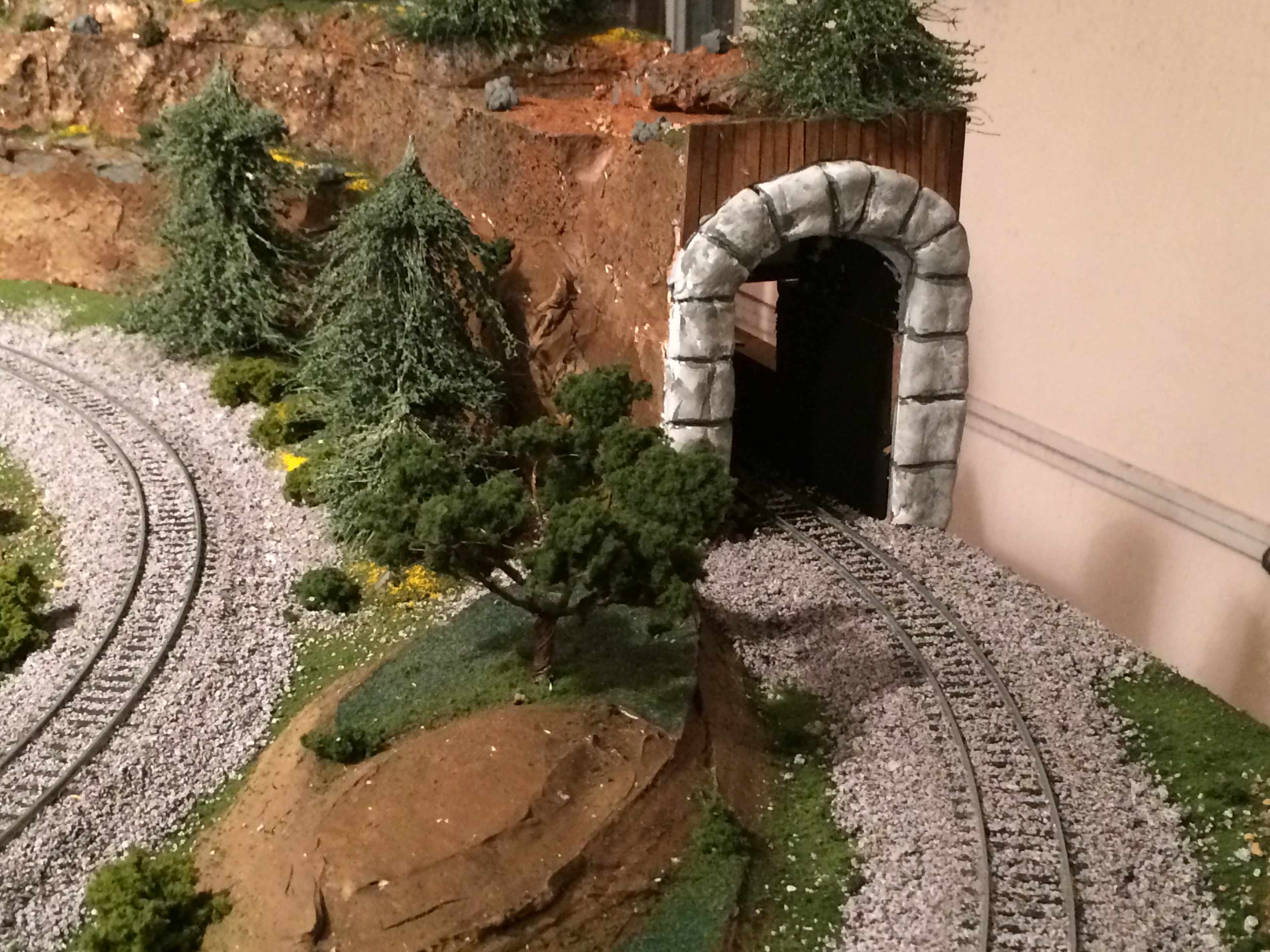


Hi Dave.Does that 101 stutter the same way on all the track.Move the 101 to another section of the track.If it doesn’t do the stutter thing.Then that mean’s that section of the track has grim or a film on it causeing it to stutter.Are you sure all the pickups are evenly touching the wheels.The wheel’s have a slack in them to move freely.If the wheel moves and follows the track if it moves away from the pickup it will stutter.First pick a different section of track and do the test again.If it stutters it will be one of the pickups.Try cleaning the section of the track as it seems you do most of your run tests there.Hope this helps Dave.
Hi Dave, I would suggest that you try backing off the screw post holding the truck to the frame about a half turn so that it can flex more and adapt to the changes in grade. I have seen this happen to several members of the railroad club where they or someone else has worked on an item and during re-assembly over tightened the screw post to the point it won’t move enough to allow for any pitch or roll.
Norm in PA
Hi Dave, once again great video, i think the colour quality of the i-pnone was better than the camcorder but sound better on the camcorder, never the less if you used the old what the butler saw cylinder your tutorial, quality of layout and advice would be as good as Imax. Keep up the stunning work and giving us the advice (of which I have done a few of your tips on my own layout. Pete the Mackem.
It is my eventual plan to set up a train layout around several small airports ( three for sure) has anyone ever set this configuration up in their home and if so are you able to provide any pictures video or help and suggestions. I certainly don’t want to take on something as big as the ones on the YouTube vidoes depictions the dream liners and larger size jet set ups.
Thanks in advance for any help on this
As for the photos of the layout, too flat, too square, needs a lot of work yet.
Hi I love your layout Dave, It must have taken a long while to get it to the standard you have. Andrew.
Hi Dave
It seams you’ve done the mistake that meany make, you changed the decoders before testing the train on anologue. You would have seen the difference with the carriage lights straight away.
When the decoders are fitted you can change the brightness of the lights useing the cvs and are you aware that the cvs can be used to change the volume of the sounds also. There is another bit of advice that I’ve picked up along the way is if you change a decoder and it isn’t running as it should the first thing to do is Unpower the track… Then take the train off the track and put the blanking plate back on. If the train runs ok on analogue it will be the decoder that is at fault. Even if the train is still running erratically and the pickups and the wheels are cleaned take a screwdriver and check the decoder socket from the train and check the contacts with a meter and the problem could be a wire loose under the socket, which would be out of view.
I hope this helps with the problems of the dcc gremlins, it’s a game of wits and detective work.
Lol cheers
George
Nice job on the buildings and cliff work Tye …makings of a nice layout there ….Dave
Has anyone ever used live plants for foliage?
Maybe small garden Herbs or fern etc for ultimate realism?
You could literally watch your layout grow and transform with greenery.
Cheers from the Great White North – Canada eh!
Never had the opportunity to take one of those 101s to bits, but I would suggest you first try the chips in some other, reliable piece of stock to rule them out, then check the continuity from each pickup to the socket. With a dmu being a fixed set, you could wire through to pickups added to the other two cars, using some phosphor-bronze sprung wire for pickups, soldered to some copper-clad paxolin or PCB, and wire through those miniature two-pin plugs they sell for model aircraft work, at the connection between carriages. I have had issues with a Hornby class 60 which turned out to have contacts onto the circuit-board just push-fit, and these needed soldering to get a constant connection.
Rod
Greetings from Napa Valley, CA,
Your problem with your engine / car not moving, could it be due to your track needing cleaning? As all Model Train operators know keeping the track clean and up to date assists with the operations.
“GM”
Thanks all for you suggestions with the DMU , I did fit a new decoder and cleaned the pick ups added solder to them , and it was a lot better , but till stuttered on very slow , so gave up in the end , as I had said it is a older model so now its in the spares drawer , as for the lighting , I have tried reading the CV for the lighting , but this is a ESU decoder and carnt find a light CV number to read …Dave
Hi Dave,
Everyone has mentioned the obvious, clean the track. I’m sure you have addressed that. What no one has mentioned is Clean The Wheels. Also clean out the bearing area that hols the axels. Electricity has to flow through this area, when dirty it can’t.
If all else fails add a “Current Keeper of some sort.
GREAT layout Dave, Love the videos.
Mike Herbertson
Dangrous Dave Doesn’t your wife give you grief when a package comes to you at the door? My wife certainly always has something to say,( How many trains does one need) Didn’t you have one of them already? Blah,Blah,Blah,Carry on Dave!
Robert B.
Dave you set a high bar for us to try to reach. I look forward to your updates and your tips. Carry on!
Guy
I have a Class 101 I bought second hand and its one of the best running locos on my layout. The pickups on yours didn’t look great but I would suspect the decoder. Its a bit noisy when you are running 3 or 4 trains at the same time. That would be a bit too complicated for me! The ‘Master Cutler’ on ordinary coaches? During school holidays I sometimes used to go down to Sheffield Victoria station to see it off along with the Station Master in his top hat. It was always a Pullman service to London then ( late 50’s early 60’s) being pulled by a ‘Brit ‘hopefully.
Heat and/or static from a soldering iron can kill chips of any type, You have to be in and out quick,
For Anthony Penney – that sound like a great idea. Is this what you mean by asking for suggestions – my thoughts came up with track running along a narrow shelf around the room’s walls with an airport in each corner. The airports would be constructed on triangle-shaped ledges, two legs of which are the two walls, the third triangle leg would come out several feet from where the walls meet, according to gauge-size requirements. The intervening walls allow for all sorts of cities, country, campgrounds, etc. along the walls between airports! You might even have a mountain over the doorway to make the circuit complete, mountain men living along the slopes. From the ceiling throughout the room would be airplanes hanging down, as they travel from one airport to another, with several in a holding pattern above at least one airport (the busiest?). Sounds like a fun project.
Hi Dave
Thank you for your wonderful videos, been looking for many years now, such a intresting layout!
But one thing that anoys me, and infact put me off using DCC because i do have all the equipment! Is how do you know it is not the decoder that’s at fault??
Is there a way of testing them before you fit it,as mine never worked on the test track even??? Please help anyone??
Peter